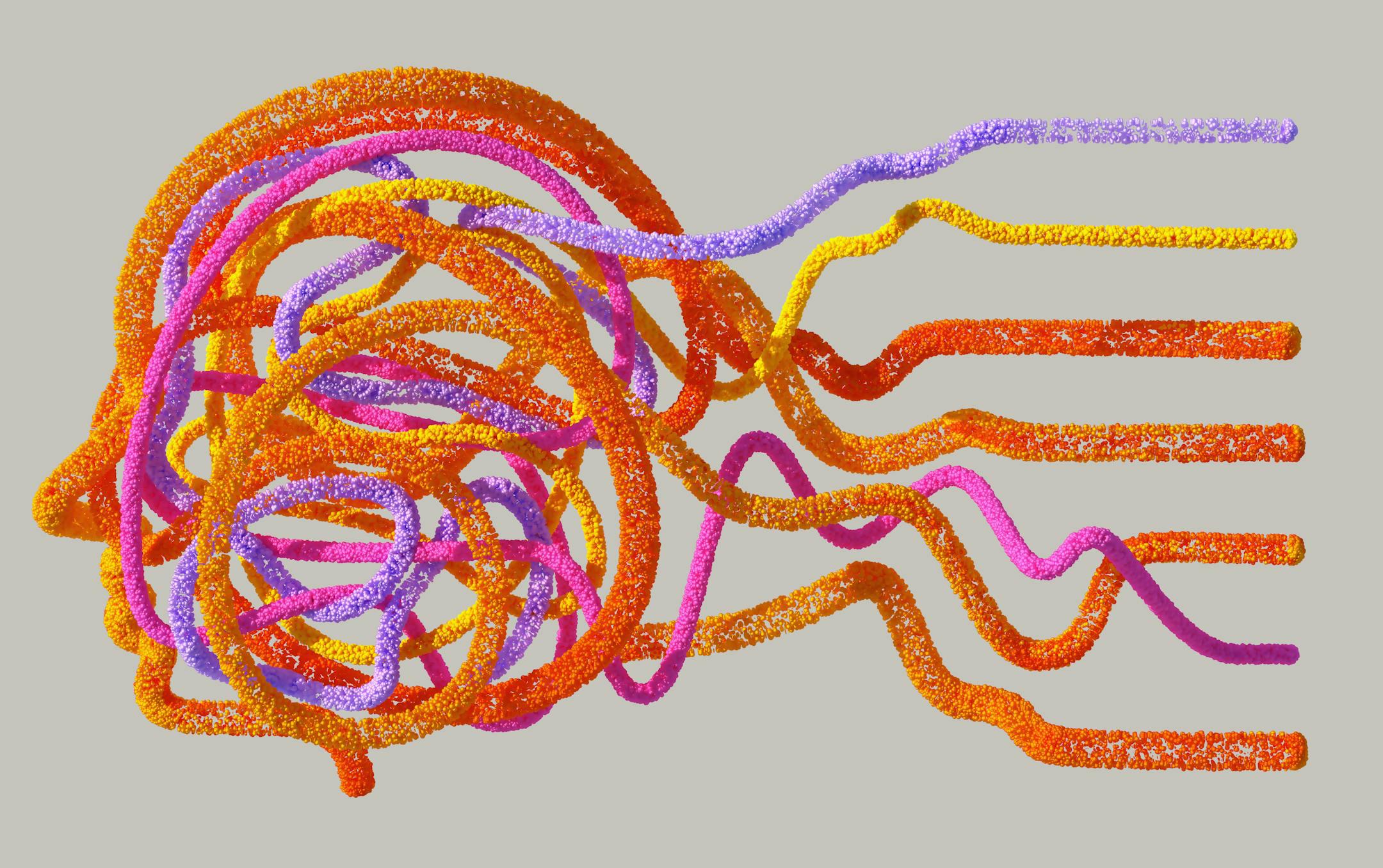Website designed with the B12 website builder. Create your own website today.
Start for free
Neuroplasticity, the brain’s remarkable ability to reorganize itself by forming new neural connections, plays a pivotal role in shaping and reshaping our thought patterns throughout life. This dynamic capability not only underlies our capacity to learn and adapt but also offers promising avenues for altering maladaptive thinking and promoting mental well-being.
Understanding Neuroplasticity
Traditionally, the brain was viewed as a static organ, with its structure and functions largely fixed after a certain developmental period. However, contemporary neuroscience has debunked this notion, revealing that the brain remains malleable well into adulthood. This plasticity allows for the strengthening or weakening of neural pathways based on our experiences, behaviors, and even thoughts. In essence, the adage “neurons that fire together, wire together” encapsulates how repeated mental activities can reinforce specific neural circuits, thereby influencing our habitual thought patterns.
The Formation of Thought Patterns
Our thought patterns are essentially the result of neural pathways that have been established and reinforced over time. When we repeatedly think in a particular way, the associated neural circuits become more robust, making those thought patterns more automatic. This process is beneficial when the thoughts are positive or constructive. However, it can be detrimental when negative or unhelpful thoughts become ingrained, contributing to mental health challenges such as depression or anxiety.
Harnessing Neuroplasticity to Change Thought Patterns
The malleable nature of the brain means that we can actively work to modify our thought patterns. By intentionally engaging in new mental activities and reframing our thoughts, we can forge new neural pathways and weaken the old, unhelpful ones. This intentional effort can lead to lasting cognitive changes, promoting mental well-being.
Practical Strategies to Rewire the Brain
1. : Regular mindfulness practices encourage individuals to observe their thoughts non-judgmentally. This heightened awareness can help disrupt negative thought cycles and promote the development of more balanced thinking.
2. Cognitive Behavioral Therapy (CBT): CBT is a therapeutic approach that focuses on identifying and challenging distorted thought patterns. By restructuring these thoughts, individuals can alter their emotional responses and behaviors. Research indicates that CBT can lead to measurable changes in brain activity, reflecting the formation of healthier neural pathways.
3. Positive Affirmations and Visualization: Engaging in positive self-talk and visualizing desired outcomes can reinforce beneficial neural circuits. Over time, these practices can make positive thought patterns more automatic.
4. Learning New Skills: Challenging the brain with new activities, such as learning a musical instrument or a new language, stimulates the formation of new neural connections. This not only enhances cognitive flexibility but also promotes adaptive thinking.
5. Physical Exercise: Regular physical activity has been shown to support neurogenesis—the creation of new neurons—and improve overall brain health. Exercise can also reduce stress, which can otherwise hinder neuroplasticity.
Challenges in Modifying Thought Patterns
While the concept of reshaping our thought patterns through neuroplasticity is empowering, it’s important to acknowledge that this process requires consistent effort and patience. Deeply ingrained thought patterns, especially those associated with long-standing mental health issues, may take time to modify. Additionally, factors such as chronic stress or lack of sleep can impede the brain’s plasticity, making it more challenging to implement changes.
The Role of Professional Support
For individuals struggling with persistent negative thought patterns or mental health disorders, seeking professional support can be invaluable. Therapists trained in approaches like CBT can provide guidance and tools to help individuals harness neuroplasticity effectively. Moreover, emerging digital therapeutics, such as certain smartphone applications, are being developed to supplement traditional therapies by using tasks designed to rewire neural signals.
Conclusion
Neuroplasticity underscores the profound connection between our experiences, thoughts, and the physical structure of our brains. By understanding and leveraging this connection, we can take proactive steps to reshape our thought patterns, leading to improved mental health and a more fulfilling life. While the journey of modifying entrenched thought processes can be challenging, the brain’s inherent adaptability offers a foundation of hope and potential for positive change.